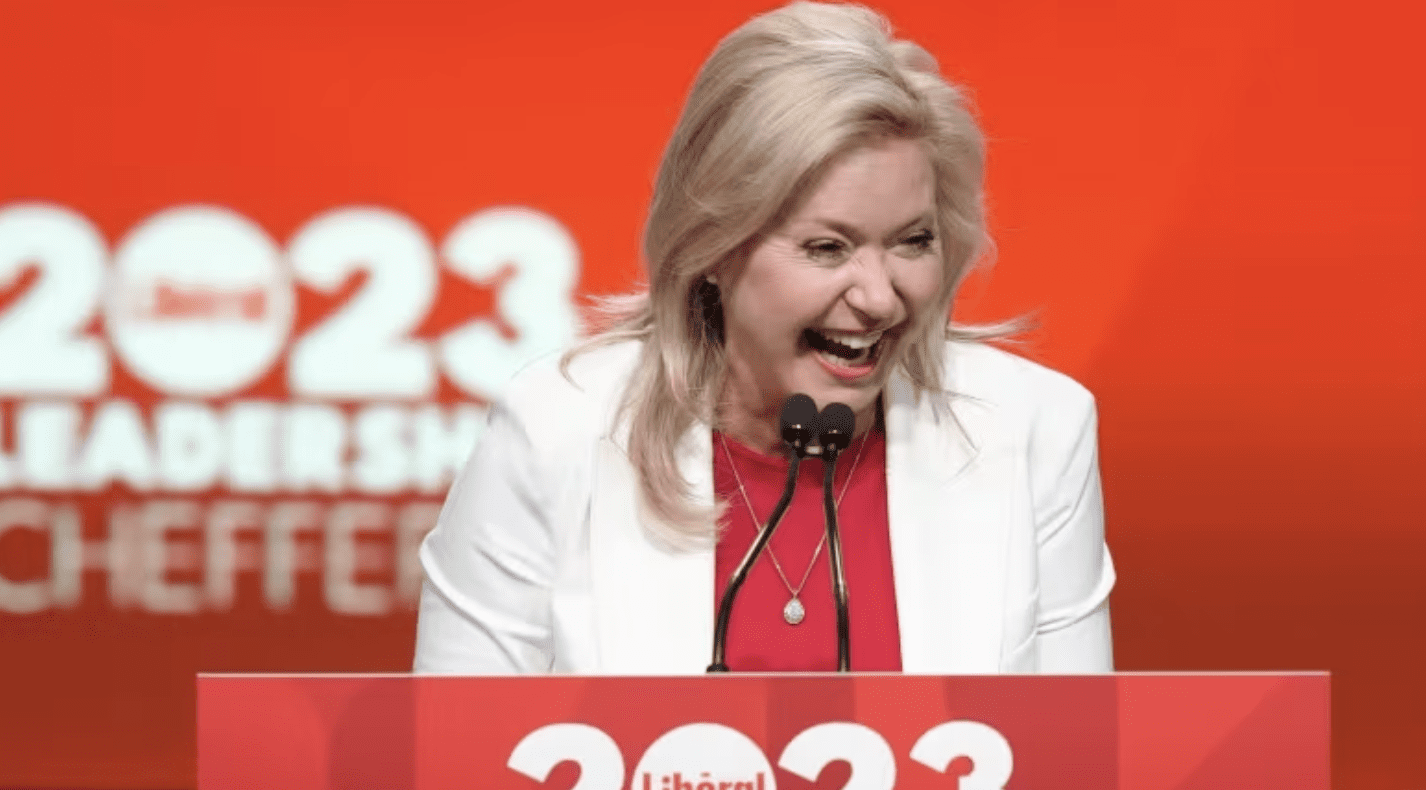It’s a dirty little secret Ontario politicians never want to talk about: Ontario taxpayers pay a special health-care tax.
Politicians of all stripes love to boast that Ontario taxpayers simply have to take out their health cards, and not their credit cards, to see their doctor or access emergency services.
But the truth is that Ontario taxpayers pay a special surtax on top of their provincial income taxes called the Ontario Health Premium.
Former premier Dalton McGuinty famously introduced Ontario’s health tax in 2004, claiming the tax was needed to fund the system and improve health outcomes.
Spoiler alert: taxpayers pay more, governments spend more, and outcomes are heading in the wrong direction.
When McGunity introduced Ontario’s health tax in 2004, he designed it to hit virtually every taxpayer.
Anyone in Ontario earning more than $20,000 a year is on the hook for McGuinty’s health tax. The tax is phased in at $20,000 of income and rises to as high as $900 a year for the province’s top income earners.
Given that the median income in Ontario is roughly $54,000, the average Ontario worker is on the hook for $600 in health taxes this year.
The health tax is a sneaky one. It’s taken right off your paycheque along with your income tax, so most taxpayers don’t even realize they’re paying it.
And the tax adds up. The Ford government expects to rake in $4.8 billion this year from the province’s health tax.
Ontarians are also the only taxpayers in Canada on the hook for a special health tax.
Some might argue a health tax makes sense if it improves outcomes for patients. But Ontario’s health-care outcomes have been trending in the wrong direction.
Thirty years ago, the typical Ontarian waited 9.2 weeks to see their family doctor and then get treated by a specialist. Last year, the average wait was 20.3 weeks.
Even though outcomes are worse, taxpayers are paying more. Ontario now spends $2,500 more per person on health care than it did in 1993, after adjusting for inflation.
Back in 1993, Ontarians didn’t have to pay a health tax. Today, taxpayers are on the hook for up to $900.
The long and short of it is the province is spending thousands of dollars more per person to pay for a worsening health-care system.
There’s no reasonable explanation to justify Ontario’s health tax. It hasn’t improved outcomes and only hits family budgets.
The Ford government needs to scrap Ontario’s health tax. A two per cent reduction in government spending would offset eliminating the health tax.
That would save the average Ontario taxpayer hundreds of dollars a year.
Still, Ontario’s health outcomes do remain a cause for concern. Declining outcomes in Ontario reflect a broader trend across Canada. Governments are spending more but patients are getting less.
There are two keys to improving outcomes and costs: fighting bureaucracy and allowing for more choice.
On the bureaucracy front, it’s time to recognize that there are too many bureaucrats on the taxpayer payroll and its eating up too much of the health-care budget.
This year, Ontario will spend $8 billion on health costs not related to front-line services.
Think that’s bad? Consider this: Canada has 10 times as many health-care bureaucrats as Germany, even though Germany has twice Canada’s population.
Ontarians are paying a health tax to fund government bloat and bureaucracy. That needs to end.
Then there’s flexibility. Other countries like the Netherlands have been able to improve outcomes by expanding consumer choice and allowing taxpayers to choose and pay for specific coverage beyond basic taxpayer-funded provisions. Canada could look at doing the same.
The bottom line is that it’s time to scrap Ontario’s health tax. Politicians should instead reform the system through targeting bureaucracy and improving flexibility, not soaking families.
Jay Goldberg is the Ontario Director of the Canadian Taxpayers Federation





